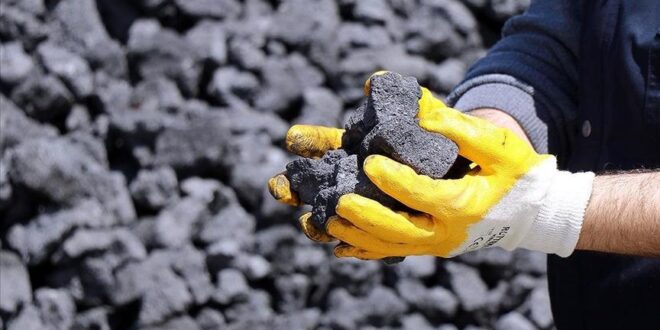Despite bold climate pledges from a plethora of major world powers, it seems that many are unable to break their addiction to coal, as consumption is set to hit an all-time high (once again). Several countries have launched climate strategies that include the phasing out of coal production and use over the coming decades, however with gas shortages and a long road to getting enough renewable energy operations running to meet global demand, many continue to rely on coal for power and industry. While coal use is expected to decrease in the long term, to be replaced by natural gas and renewable alternatives, demand is set to remain strong in 2023.
This month, an International Energy Agency (IEA) report suggested that coal consumption is expected to hit an all-time high and remain stable between 2022 and 2025 unless the transition to cleaner alternatives speeds up. Coal consumption was forecast to increase by 1.2 percent in 2022, the highest level ever recorded. In its Coal 2022 report, the IEA highlighted the shortage and costliness of gas as a major reason for the ongoing reliance on coal in Europe. Coal use is increasing despite the drop in iron and steel production, by around 1 percent, as the global economic crisis has meant lower output levels. But without the wind or solar power capacity needed to meet demand, Europe has switched back to coal to meet its needs, with an expected rise of 2 percent in coal used for electricity production this year.
The IEA’s expectation for a plateau in coal demand for the next three years is based on an anticipated movement away from coal to cleaner energy options, as well as the expected increase in coal use in emerging economies in Asia. As several countries worldwide release ambitious climate pledges and invest heavily in renewable energy, while also attempting to decarbonize their economies, coal is expected to remain the largest single source of CO2 emissions by far, according to the IEA. Keisuke Sadamori, the IEA’s Director of Energy Markets and Security, stated: “The world is close to a peak in fossil fuel use, with coal set to be the first to decline, but we are not there yet.”
Russia’s invasion of Ukraine in February this year has altered predictions on energy use in Europe and other parts of the world as a major oil and gas supply suddenly went offline, with several countries imposing sanctions on Russian energy. Many European states that were hoping to make progress in their shift away from fossil fuels to renewable alternatives suddenly found themselves fighting for their energy security and turning to unlikely sources – like coal and nuclear power. The IEA’s report stated, “Coal markets have been shaken severely in 2022, with traditional trade flows disrupted, prices soaring and demand set to grow by 1.2%, reaching an all-time high and surpassing 8 billion metric tons for the first time.”
Environmentalists are deeply concerned about this ongoing reliance on coal, which releases not only carbon dioxide into the atmosphere but also sulfur dioxide, particulates, and nitrogen oxides. Scientists see coal as a significant barrier to limiting global warming, as a major contributor to climate change.
The U.K., which said it would no longer use coal to generate electricity starting in 2024, one year earlier than originally planned, approved a new coal mine this month in a surprise shift in its approach to the fossil fuel. The Woodhouse Colliery in the northwest of England will be the country’s first new coal mine in 30 years and will provide coal mainly for export to Europe. The U.K. government expects the plant to be in operation until 2049, a year before the country plans to achieve net-zero carbon emissions.
Meanwhile, Asia’s coal market is expected to continue expanding rapidly for several years to come. Although China pledged to stop constructing new coal plants overseas, halting existing coal plans in its Belt and Road Initiative (BRI), it continues to pump funds into its national coal developments. However, China insists that it is still on target to stop its coal market expansion in the coming years, with strict controls on coal included in the country’s 14th Five-Year Plan period (2021–2025).
Coal demand also remains high in other parts of Asia, such as India and Indonesia. One Indonesia-based miner stated “Overall [coal] demand is expected to remain strong due to the robust economic outlook of countries like China, Indonesia, and India. The impact of war will gradually ease as countries are adapting to new trade flows… India and China may continue to buy Russian coal, while also expanding their domestic production.” This is concerning for several reasons, firstly, as coal demand is set to remain high in Asia; secondly, because many of these countries are continuing to rely on Russia for their coal supply; and thirdly, as many Asian states have plans to construct more coal plants and boost national production. This suggests that even if Europe can rein in its coal addiction, this work will largely be counterbalanced by the increasing reliance on coal across Asia for years to come.

 Iran Energy News Oil, Gas, Petrochemical and Energy Field Specialized Channel
Iran Energy News Oil, Gas, Petrochemical and Energy Field Specialized Channel



